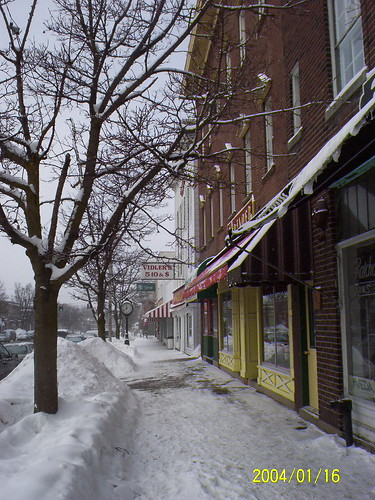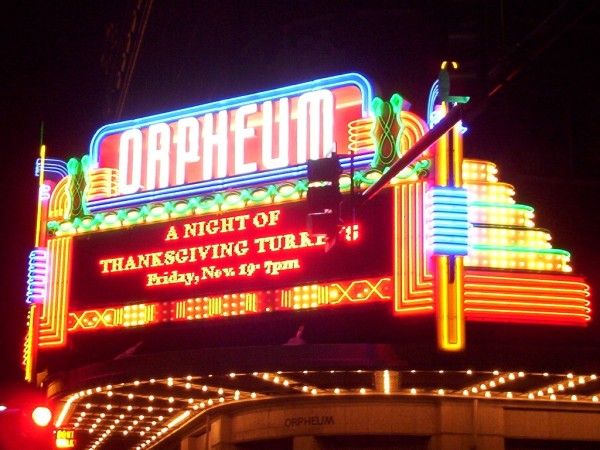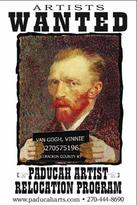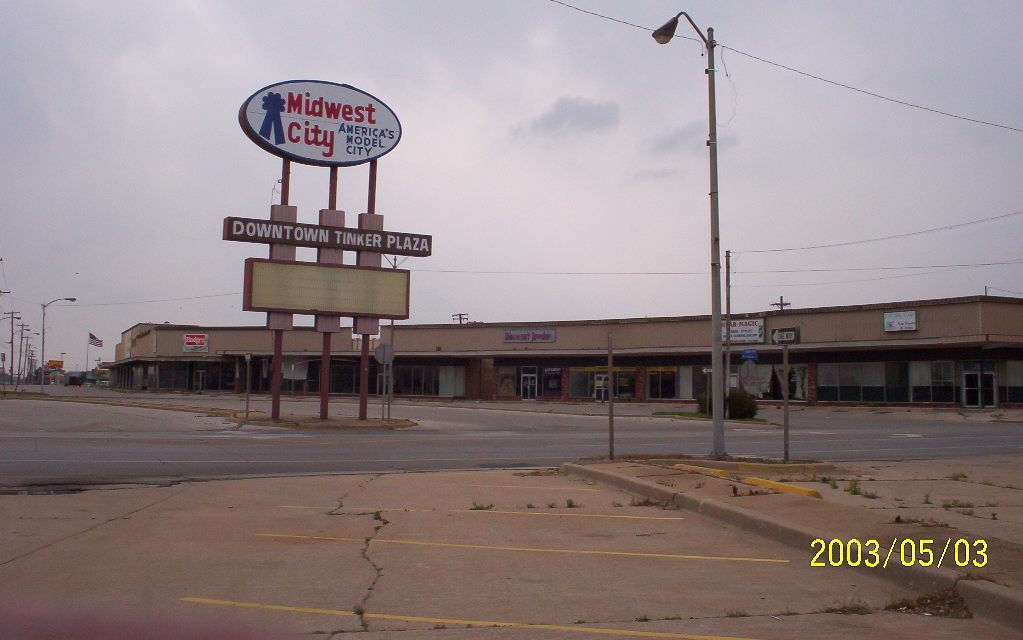Joel Kotkin on civic improvement schemes and city policy
This morning on KFAQ, Gwen Freeman and Chris Medlock interviewed real estate expert and urban critic Joel Kotkin. Last week in the Wall Street Journal, Kotkin wrote a pointed takedown of cities that chase the "Creative Class" with civic improvement schemes -- arenas, convention centers, government-planned entertainment districts, light rail, etc. -- while neglecting basic infrastructure and overlooking the concerns of middle-class families. Here are a few key paragraphs:
Governments prefer subsidizing high-profile but marginally effective boondoggles -- light-rail lines, sports stadia, arts or entertainment facilities, luxury hotels and convention centers.Over the past decade, according to a recent Brookings Institution study, public capital spending on convention centers has doubled to $2.4 billion annually; nationwide, 44 new or expanded centers are in planning or under construction. But the evidence is that few such centers make money, and many more lose considerable funds. The big convention business is not growing while the surplus space is increasing. New sports centers add little to the overall economy.
Critically, misguided investments shift funds that could finance essential basic infrastructure. Pittsburgh has spent over $1 billion this decade on sports stadia, a new convention center and other dubious structures. Heralded as major job creators and sources of downtown revitalization, they have done little to prevent the region's long-term population loss and continued economic stagnation. Much the same can be said of Milwaukee's new Santiago Calatrava-designed Art Museum, or Cleveland's Rock and Roll Hall of Fame.
Transportation priorities are also skewed. Government officials in Minnesota spent mightily on a light-rail system that last year averaged barely 30,000 boardings daily. It did not focus nearly as much on overstressed highway bridges, or the bus systems serving the bulk of its mostly poor and minority transit riders. Most other light-rail systems, built in cities with highly dispersed employment, also have minuscule ridership, but consume a disproportionate share of transit funds that might go to more cost-efficient systems, including bus-based rapid transit.
In this morning's interview on KFAQ, Kotkin expanded on this theme. Here's a link to the MP3 file for the hour containing the Joel Kotkin interview. He packed a lot of important ideas about cities into a very short segment. I'll try to unpack some of them before too long, but two that come to mind:
- The fact that downtowns were designed for commerce, not for residential living, but close-in neighborhoods were designed well for housing, while providing a customer base for downtown businesses. My response: Tulsa tried to save its downtown by destroying or amputating major sections of its close-in neighborhoods to make way for parking and freeways and to eliminate "blight". (Of course, the blighted homes and apartment buildings were not much different from those in now-valued neighborhoods like Brookside and Swan Lake.) Now we're trying to undo the damage by converting commercial buildings with residential space, something I've supported, although Chris Medlock pointed out that we've spent a lot of public money per person added to the downtown population.
- The importance of parks in every neighborhood, not just a handful of centrally-located showplace parks. I need to transcribe exactly what he said, because it was spot on -- something about having to "make a day of it" to visit one of these showplaces, rather than being able to integrate a neighborhood park into your everyday life. Every neighborhood needs its gathering places, whether that's a park or a playground or a coffee house.
There's also an interview with Kotkin on townhall.com, conducted by Bill Steigerwald, about the continued importance of manufacturing to the economies of American cities. Steigerwald is a Pittsburgh native, so it's natural that the conversation would focus on the departure of heavy industry and billions spent on stadiums, light rail, and other pretty things at the expense of basic government services.
Increasingly it's the Sunbelt where manufacturing is sought and celebrated, not the old Rust Belt, which views its history with the same kind of "cultural cringe" that fashionable Tulsans feel about cowboys, Indians, and oil:
I have to tell you, almost every place I go in this country, particularly where the economy is growing, if you ask business people what is it that would really help them, they say "skills." Machinists. Welders. It's not like there's a Ph. D. shortage, generally speaking. But there is a welder shortage, there's a plumber shortage, there's a machinist shortage. But nobody wants to talk about this. Cities that have lost their industrial base don't want to talk about it, and many cities that still have it are almost ashamed of it. In one of the great historical ironies, the places where they are not ashamed of manufacturing are places like Houston and Charleston and Charlotte. But the places with the great industrial traditions, it's almost as if they are ashamed of their lineage.
Kotkin makes some great points about how manufacturing brings outside money into a city (our Chamber of Commerce seems to believe that only conventions and tourism are capable of doing that), and how people forget about skilled labor jobs:
Everyone talks about how we're becoming a society of low-end service workers and high-end information workers. But here's something in between -- basically the logistics and manufacturing industry -- and nobody seems to be focused on it.
What can governments do to attract this sort of business? The basics:
I would say infrastructure and training are the two big things -- and if you think of the training as part of the infrastructure, it's really one thing. You need roads that go in and out. You need modern industrial space. You need reliable electricity. You need shipping facilities. You need workers who are relatively skilled, trainable and reliable. It's really not rocket science that you can do that and that would promote the manufacturing sector of the economy.
And to retain and rebuild a city's manufacturing base?
Are there companies that would like to expand? Are there companies that want to stay? Ask them what they want.
But that isn't what cities are doing:
We live in this dream world where we say, "Well, if we have a fancy stadium with sky boxes, that will keep businesses here." Well, what do you mean by businesses? Do you mean the gauleiters who represent multinational corporations, so they can hang out at a fancy football game? Or are we talking about somebody who's got 15 people working for him in a shop somewhere in the suburbs and would like to get to 30? What are his issues? Are they tax issues? Are they training issues? Are they regulatory issues? You've got to go ask! I don't see anyone interested in that anymore. It's all "What does some 23-year-old, footloose student want? Does he have enough jazz clubs to go to?" Or some footloose 50-year-old corporate henchman. "Does he have enough arts facilities?"As a country, we're kind of delusional about our economies. I've found a few places in the country where they focus on this stuff, but I'm kind of becoming a persona non grata for raising these issues. I'm not raising them as a conservative, saying we shouldn't have taxes or shouldn't have regulations. I'm just saying, "How do you provide for a broad-based economic opportunity for your people? Isn't that what's it about?" Unfortunately, for most mayors in America, that's not what's it's about. What it's about is, "How do I keep the public employees happy? How do I keep the people at the very top of society happy? And how do I put on a good enough show so that everybody thinks I have a hip, cool city."
The conversation between Kotkin and Steigerwald ends with the role of local papers in pushing these projects of questionable value:
[Kotkin:] I'll tell you the truth, a lot of the blame comes to the journalists. The journalists never ask the tough questions. They basically follow the scripts that they are given. And also part of the problem, and we've talked about this in general about journalism these days, you have got a bunch of young kids who are there for two or three years. They don't understand what crap this is. To them it's all, "Well, there's an art museum downtown. That'll be good for me." If there is some "starkitect" -designed building, they say, "Wow, that's sort of fun for me." They don't care.[Steigerwald:] I've always said the newspapers of America should be indicted en masse for having countenanced 50 or 60 years of the destruction of cities. I bet 95 percent of newspapers have applauded and cheered every boondoggle, every urban-renewal project back in the 1950s, every new light-rail project -- no matter what it was, newspapers cheered them on.
[Kotkin:] And what happens if you have the temerity to suggest that this may not be the way to go? You're "anti-city," you're "pro-suburbs," you're a "neoconservative" -- like I'm Dick Cheney or something. You get name-called. And all you're saying is, "Look, are we sure that what we are putting our money into is really what matters, given the tremendous pressing needs that every city has?"







